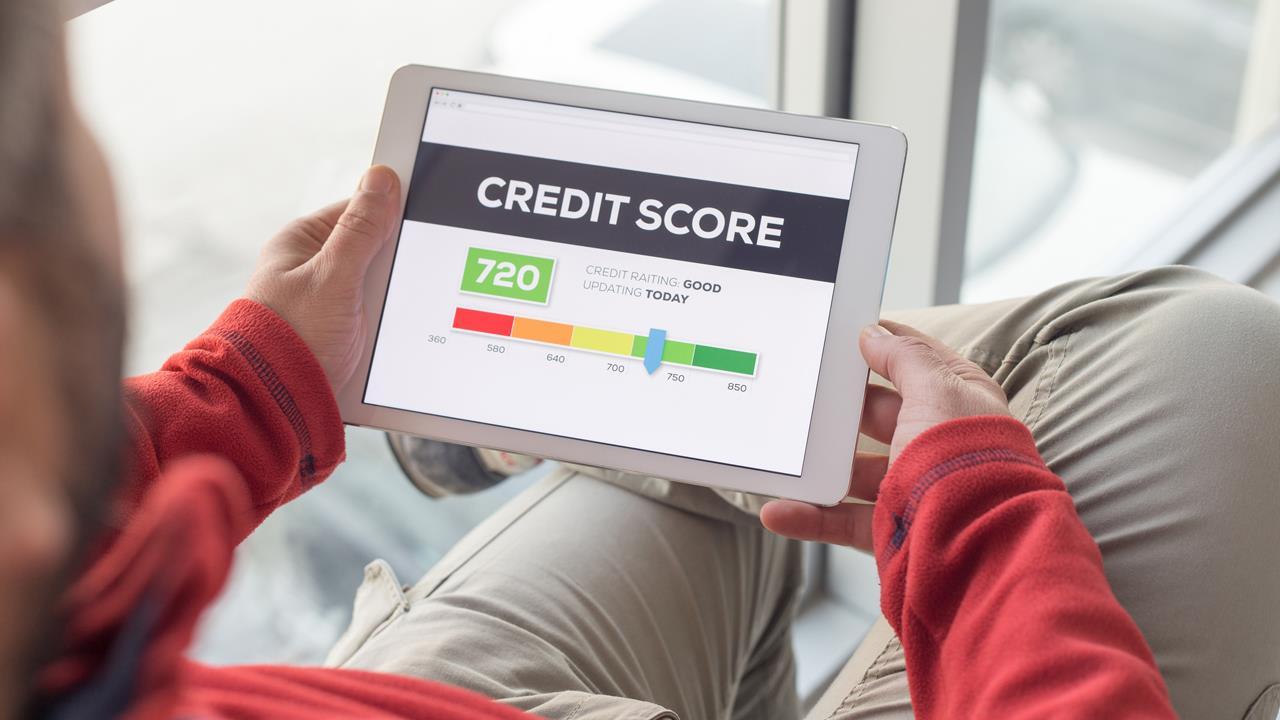Why women notoriously have more credit card debt than men
It’s no surprise that Americans love their credit cards.
So much so, that outstanding credit card debt is now at the second-highest point since the end of the 2008 financial crisis, as tracked by WalletHub. Last quarter alone, Americans racked up almost $30 billion in debt.
What’s more, women may be at the losing end of this trend. According to new study, more than one in four female cardholders (26%) say they are “not at all” confident in being able to pay their bills in full this month, nearly double the percentage of men at 14%.
“Since the median annual income for women is 80% of the median annual income for men, women unfortunately have to work that much harder to get out of debt,” Ted Rossman, industry analyst at Creditcards.com, who tracks similar data, said.
Additionally, nearly one in three women with credit cards (31%) say they have paid their credit cards’ monthly statement balances in full once or less in the past six months, while only 20% of men with cards made the same claim.
So if all else is equal, $5,700 of credit card debt (the national average according to the Federal Reserve) is going to eat up much more of the median woman’s salary ($41,554) than the median man’s salary ($51,640).
While Matt Schulz, chief industry analyst at CompareCards, agrees females are at a disadvantage, he adds that single mothers in particular are the hardest hit.
“Because of how tight their finances are, more women may need to rely on credit more often just to get by. It’s a troubling reality for many women today, and when you consider that this is happening in generally good economic times, it’s even scarier,” Schulz warns.
The U.S. unemployment rate of 3.7 percent is the lowest since 1969.
However, Chris Whitlow, CEO and founder of Edukate, a financial wellness platform, says the issue actually goes deeper than just salary and is a symptom of larger cultural disparities between financial literacy among the sexes.
“Women tend to lag even farther behind men when surveyed on their own financial literacy,” Whitlow says. “The media also exacerbates the issue. Women’s magazines often place less emphasis on financial strategies and literacy than men’s. Additionally, there are even disparities in women’s retail outlets, where high-interest credit cards are frequently offered as an alternative to paying cash to get a larger discount.”
Despite these trends, nearly half of American credit card holders are ‘very confident’ in their ability to pay their bills in full each month, yet only 20% of them actually doing it, notes the Credit Card Confidence Index report.




















